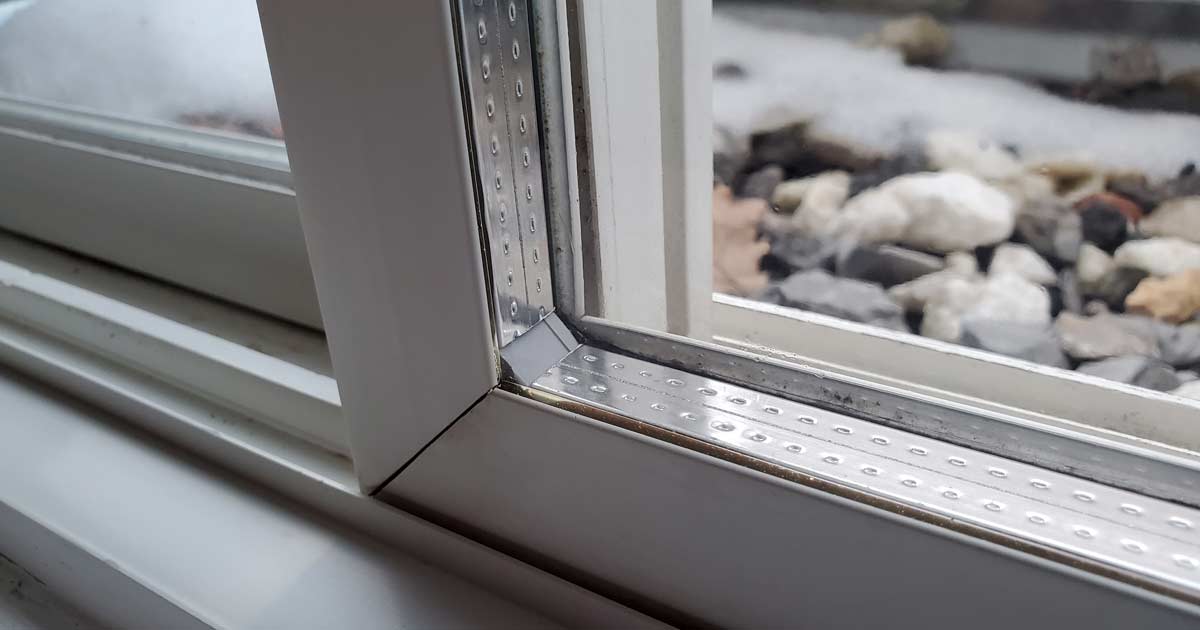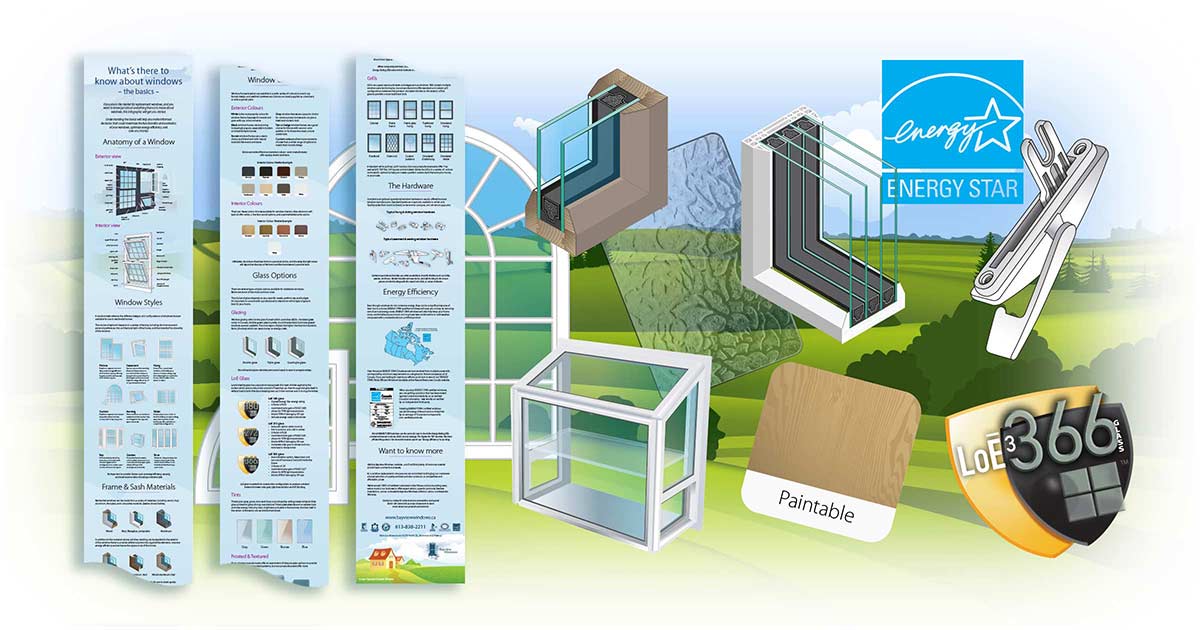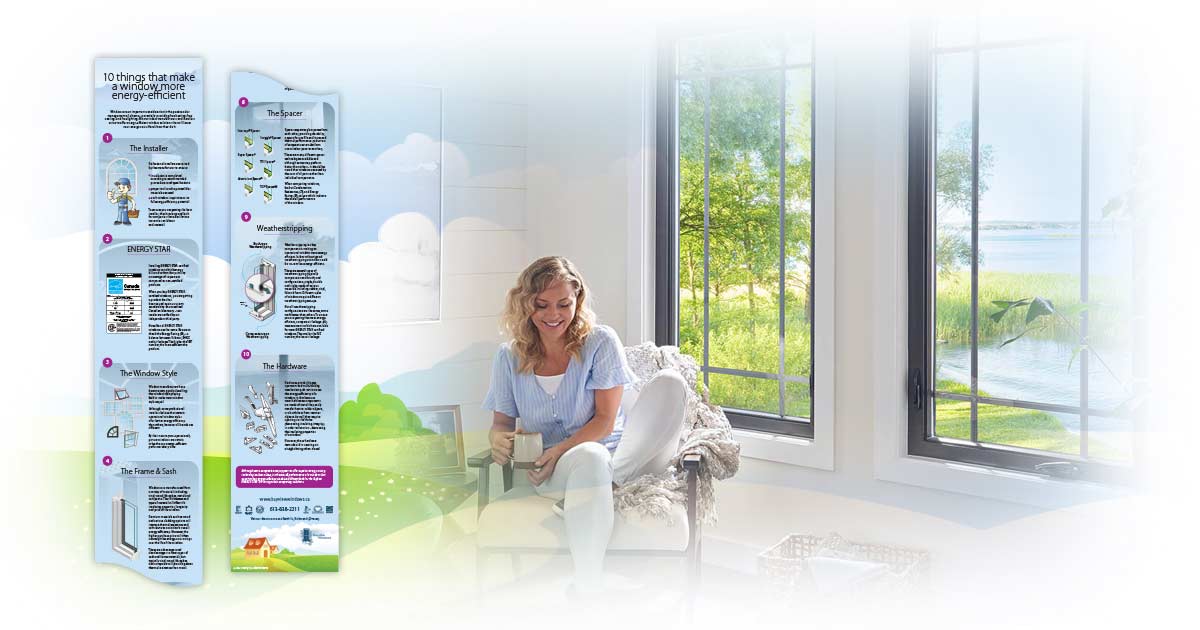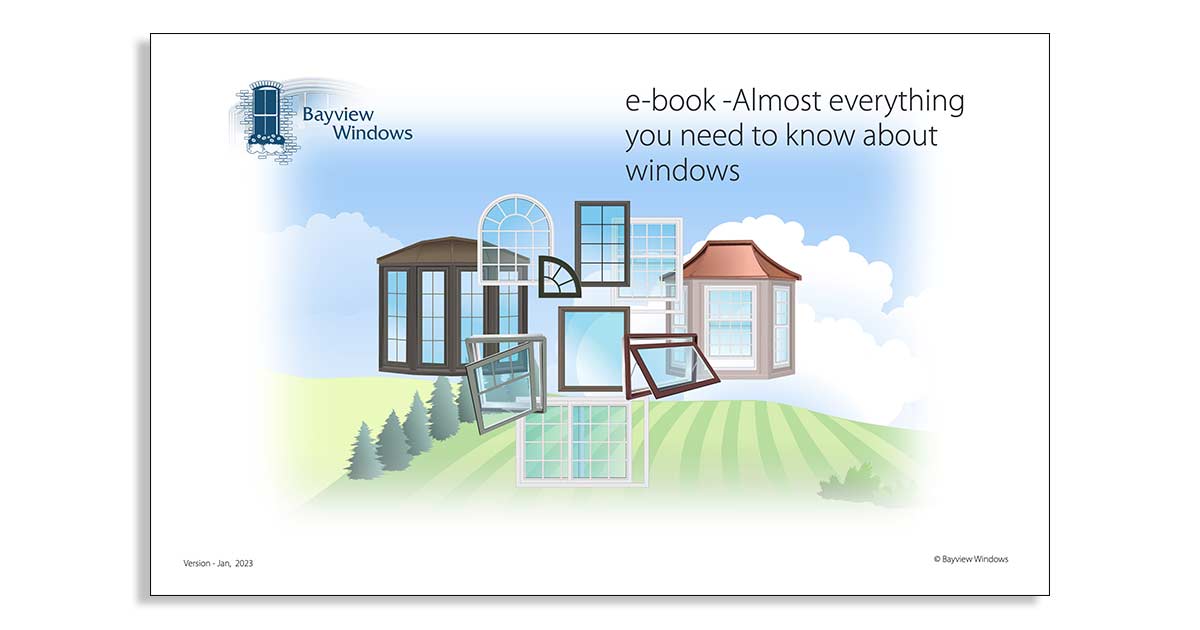Insights > Article > Posted: 2023-Nov-16, Updated: 2024-Jun-20
Why Window Spacers Matter: Improve Your Window Efficiency in Ottawa

In this article:
Some argue it's the most crucial component of a window. With energy use and carbon emissions reduction becoming top priorities for both the building sector and homeowners, the quest for more energy-efficient products and technologies is intensifying. Window manufacturers are keen to leverage advanced spacer technologies to boost their windows' overall energy efficiency ratings. However, if you ask manufacturers, each will claim their technology is superior.
In this article, we delve into spacer technologies, their types, terms, and efficiencies, and discuss the rationale behind their use.
What is a Spacer?
An Insulated Glass Unit (IGU) spacer, often known as a window spacer or space bar, is a strip of plastic, metal, or foam that separates and supports the panes of glass in a window. These spacers, bonded with various sealing materials, help create an airtight cavity that maintains the insulating gas between the panes.
Warm Edge Technology (WET)
The primary goal of a window spacer is to create a 'warm edge.' Warm Edge Technology refers to the thermal interaction between the panes of glass, the window frame, and the spacer at the sealed edge of an IGU. The less energy lost between the inside and outside of the window, the warmer the spacer edge, resulting in lower heat loss through the sealed unit.
Characteristics of an Ideal Spacer
A perfect spacer would:
- Provide a superior tight seal, preventing gas leakage from the inter pane cavity.
- Adapt to thermal expansion and contraction stresses.
- Offer strength and stability between panes.
- Act as a thermal buffer, reducing temperature transfer.
- Repel moisture to maintain seal integrity.
Key Aspects of Spacer Performance
The Seal
- The primary function of the seal between multiple glass panes and a spacer is to minimize water vapour and gas permeability at the glass edge. Over time, gas-filled windows can leak up to 1% of their gas per year, depending on factors such as the spacer seal's quality, window quality, installation quality, air pressure, humidity, sun exposure, and climate extremity.
- For an IGU to have a long service life, seal integrity is essential. A primary sealant, typically polyisobutylene (PIB), must maintain low gas and vapour permeability. Secondary sealants, such as polyurethane, silicone, polysulfide, hot-melt butyl, or epoxy-based sealants, must maintain good adhesion to the glass under various environmental conditions.
Adaptability
- Spacers made from rigid materials like metals do not accommodate the natural expansion and contraction of the glass within the window frame as temperatures change. This can lead to sealant failure and reduced energy efficiency.
Strength & Durability
- High-quality spacers provide structural integrity while promoting a thermal and moisture seal, enhancing the window's overall energy efficiency. The material used for the spacer determines its durability and insulating abilities. Using high-quality spacers with gas fillings and e-coated windows can significantly improve energy efficiency.
Preventing Temperature Transference
- Spacers help manage window stresses from temperature and air pressure changes and play a crucial role in preventing temperature transfer from one pane to another. Choosing the wrong spacer can reduce a double-pane window's energy efficiency.
Keeping it Dry
- During manufacturing, small amounts of water vapour can get trapped between the panes of glass. Some manufacturers insert desiccants in the spacer to absorb this moisture, preventing chemical fogging and extending the window's life.
Spacer Technology
Metal & Partial Metal Spacers
- Metal spacers, typically made from aluminium, stainless steel, or other metal alloys, are strong and provide a crisp, clean look. However, they are more prone to sealant failure, leading to gas loss and condensation between panes.
Metal/Foam Spacers
- Combining metal spacers with a secure foam top offers stability and flexibility, reducing heat transfer and condensation better than metal alone.
Composite and Plastic Spacers
- These spacers, though rigid, are less conductive than metal, providing better insulating properties. Some allow consumers to choose from various colours.
Structural Foam Spacers
- Foam spacers, made from materials like silicone foam or ethylene-propylene-diene-monomer (EPDM), are highly energy-efficient, reducing heat transfer and adapting better to temperature changes. They also retain gas well and offer better sound insulation than metal or metal/foam spacers.
Thermoplastic Spacers
- Thermoplastic spacers (TPS), made from polyisobutylene (PIB) with integrated desiccant, are extruded directly between the glass panes, creating a continuous edge seal.
Considerations for Choosing Spacers
The Width of a Spacer
- Typically, the wider the spacer, the less temperature transference between glass panes, improving thermal conductivity.
Track Record and Warranty
- Evaluating a spacer's track record and the window manufacturer's warranty can help determine which spacers work best. A longer warranty often indicates better performance and durability.
Summary
While spacers are crucial to the energy efficiency equation, the total performance of the window is what truly matters. Different spacers offer various benefits and drawbacks, and this information is not always transparent to customers. Therefore, understanding spacer technologies can help make more informed decisions when selecting energy-efficient windows.
Related articles
Need more information?
Curious about the spacer technologies in our windows? Our team is ready to help. Whether you have questions or need more information, we're here to assist. Give us a call or send us a request, and we'll gladly address any concerns you have. Contact us today to learn how our spacers can enhance your home's energy efficiency!
Request information | 613-838-2211 | Request a quote



